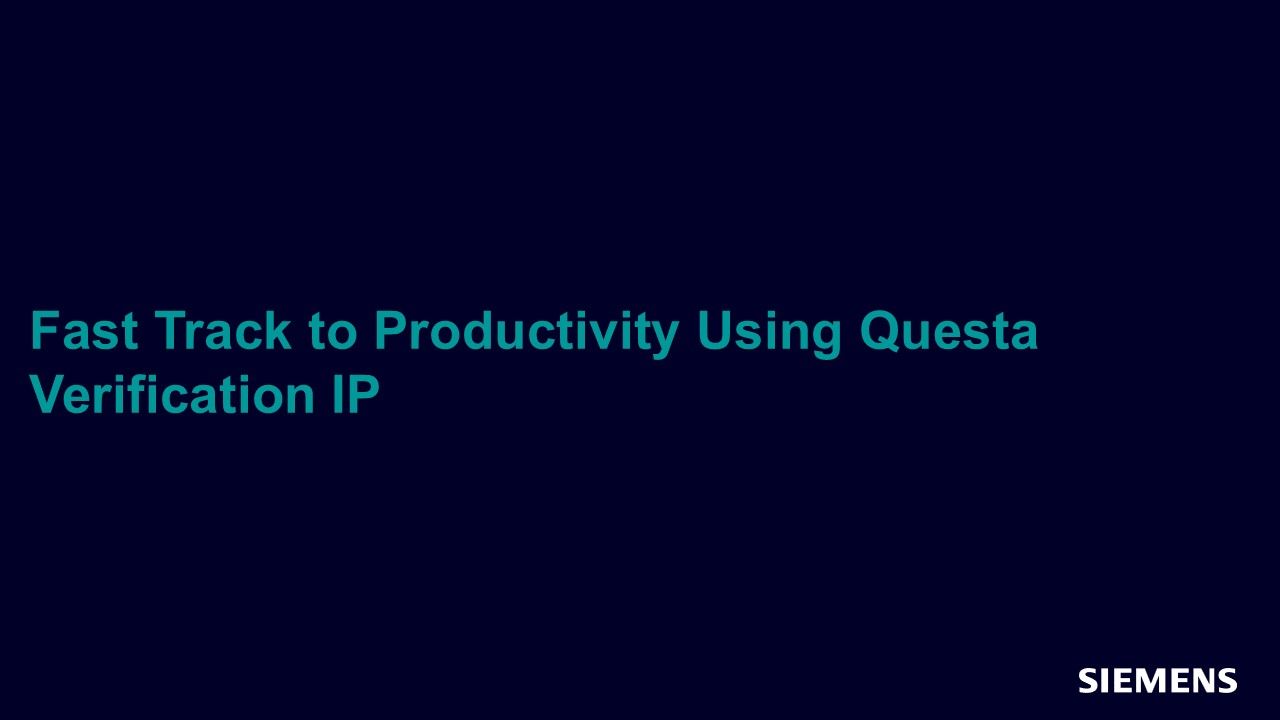Fast Track to Productivity Using Questa Verification IP
This article demonstrates these features while referencing the PCIe and AXI4 Questa VIP components.

Full-access members only
Register your account to view Fast Track to Productivity Using Questa Verification IP
Full-access members gain access to our free tools and training, including our full library of articles, recorded sessions, seminars, papers, learning tracks, in-depth verification cookbooks, and more.